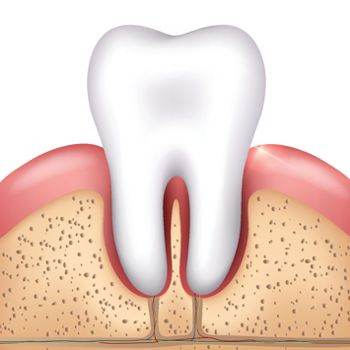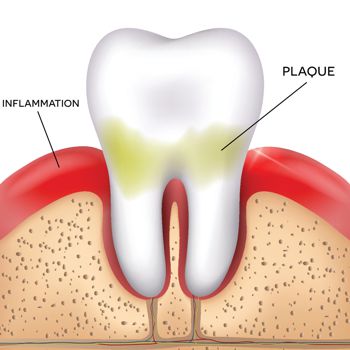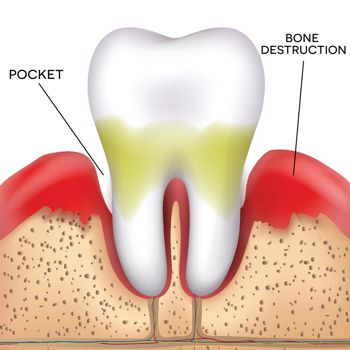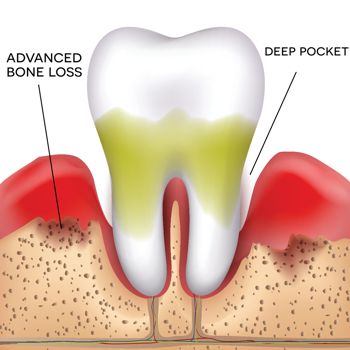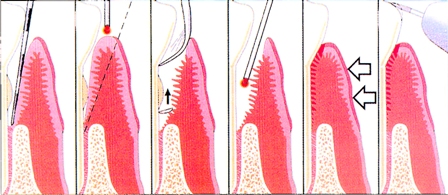Periodontology is a dental specialty that deals with the treatment of periodontal diseases, which are the supporting tissues surrounding the teeth. Gum diseases are responsible for the loss of more teeth than all other dental diseases combined.
The most common cause of gum diseases is microbial plaque. It is a sticky, almost invisible film that forms on the surface of the teeth daily. With the help of saliva, microbial plaque hardens (calcifies) and turns into tartar (commonly known as calculus). As it forms in layers, tartar continues to cover and hold more bacteria, causing inflammation of the gums as a result of the harmful substances produced by these bacteria.
Individual factors, including smoking, hormonal disorders such as diabetes, pregnancy, and reduced local resistance of the periodontium, can worsen the condition of the gums by modifying the individual’s resistance and interfering with the protective action of the immune system.
The most common symptom of gum diseases is bleeding. The hidden danger is that red, swollen, or bleeding gums often cause so little discomfort and develop so slowly that patients accept the condition as normal. In periodontitis, the fibers of the gums and periodontium are destroyed, the bone is absorbed, and the gums detach from the tooth. As bone destruction progresses, teeth shift, abscesses often form, and eventually, teeth are lost.
Gingivitis is a superficial inflammation of the gums caused by microbial irritants (microbial plaque), while periodontitis is a chronic inflammation of all periodontal tissues and an advanced stage of untreated gingivitis.
The first and most important step is learning the correct way to clean your teeth. The dentist should implement a personalized oral hygiene program for each patient. All programs mainly include proper brushing with an appropriate toothbrush and aim to clean the teeth without causing damage to the teeth or gums.
By adhering to a rigorous oral hygiene routine and following your dentist’s personalized advice, you can effectively prevent gum diseases and maintain healthy teeth and gums.
